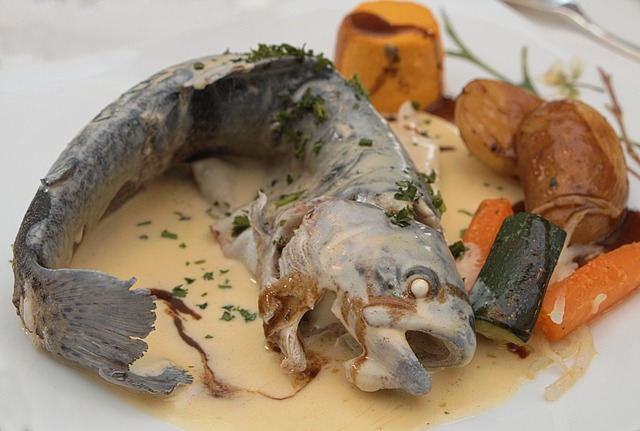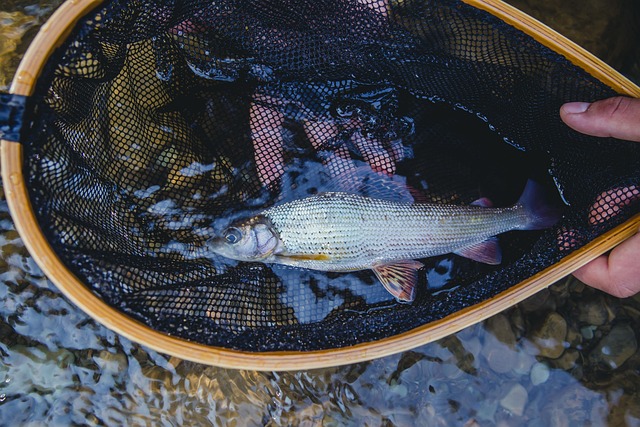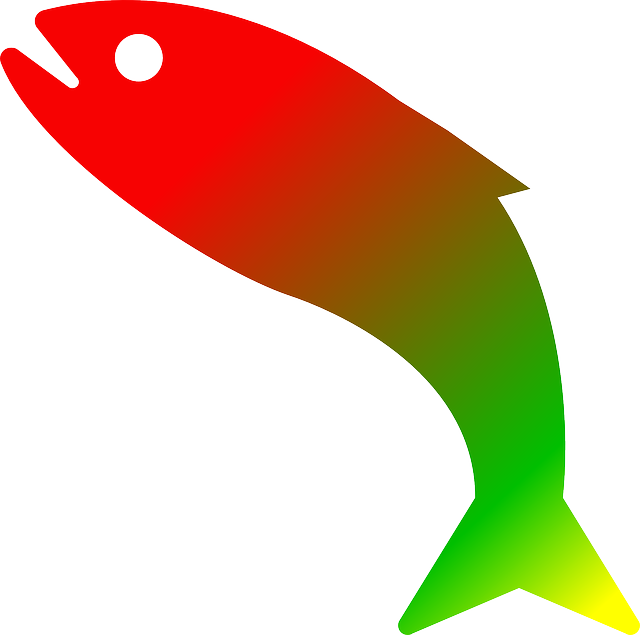Catching trout involves understanding their preferred habitats: cool, well-oxygenated rivers and streams with specific structural features. Anglers should identify hiding spots like rocks, logs, and branches, study water flow patterns, and optimize conditions (temperature, oxygen levels) for better chances. Key techniques include casting near cover, using light tackle in deeper areas, and employing fly fishing or sonar in different settings; patience and local knowledge are crucial for success.
Uncover the secrets of catching trout with our comprehensive guide to their habitats. Explore the science behind where these elusive fish thrive, from understanding their behavioral preferences to identifying key environmental factors that create ideal homes. Learn proven strategies for navigating different settings and master techniques to locate and catch trout successfully. Dive in and elevate your fishing game today!
- Understanding Trout Behavior and Preferences
- Key Environmental Factors for Ideal Trout Habitats
- Strategies for Locating and Catching Trout in Different Settings
Understanding Trout Behavior and Preferences
Understanding trout behavior is key to successful catching. These fish are known for their preference for cool, well-oxygenated waters, typically found in rivers and streams with shallow pools, rapids, or falls. They are sensitive to water quality and often inhabit areas with dense vegetation, providing both shelter from predators and a rich environment for their favorite food sources—insects, small crustaceans, and other aquatic creatures.
Trout are selective in their habitats, choosing specific types of cover and current patterns. They often lie in wait near structures like rocks, logs, or submerged branches, ambushing their prey. Learning to identify these potential hiding spots and understanding the local water flow patterns can significantly improve a fisher’s chances of catching trout.
Key Environmental Factors for Ideal Trout Habitats
When it comes to finding ideal habitats for catching trout, several key environmental factors play a crucial role in their survival and abundance. These include water temperature, oxygen levels, and current strength. Trout thrive in cold, well-oxygenated waters, typically between 50–65°F (10–18°C), as this range supports the aquatic life they depend on for food. Fast-moving currents provide necessary turbulence, which helps to aerate the water and keep it clean, while also offering cover from predators and providing a rich environment for their favorite foods like insects and small fish to thrive.
Additionally, substrate type and structure significantly influence trout habitats. Gravel or rocky bottoms offer numerous nooks and crannies where trout can find shelter and feed on aquatic insects that inhabit the spaces between rocks. Complex underwater structures such as fallen trees, boulders, and weed beds also attract trout by providing cover, creating pockets of slower water, and serving as hotspots for insect activity—all of which make a river or stream more inviting to these fish.
Strategies for Locating and Catching Trout in Different Settings
When it comes to locating and catching trout, understanding their preferred habitats is key. These fish thrive in cool, clear waters with plenty of cover, such as rocky shorelines, submerged structures, and vegetative beds. Rivers and streams that feature these elements are prime hunting grounds. Anglers can employ various techniques to target trout effectively: cast close to structures and let the lure or bait sink; use light tackle to detect delicate strikes in deeper waters; or try fly fishing, where a light line allows for precise casting near cover.
In still waters like lakes and ponds, trout may be found around drop-offs, shorelines, and deep pockets. Using sonar can aid in identifying these structures and pinpointing the fish’s location. Alternatively, trolling along the edges of coves or behind points can produce good results. Regardless of setting, patience and an understanding of local conditions are vital for successful catching trout.
Understanding the science behind trout habitats allows anglers to strategically seek out these prized catches. By recognizing the interplay between trout behavior, environmental factors, and effective location strategies, enthusiasts can enhance their chances of successfully catching trout in various settings. This knowledge equips individuals to explore different aquatic landscapes, from crystal-clear rivers to serene lakes, ensuring a more fulfilling and productive fishing experience.



